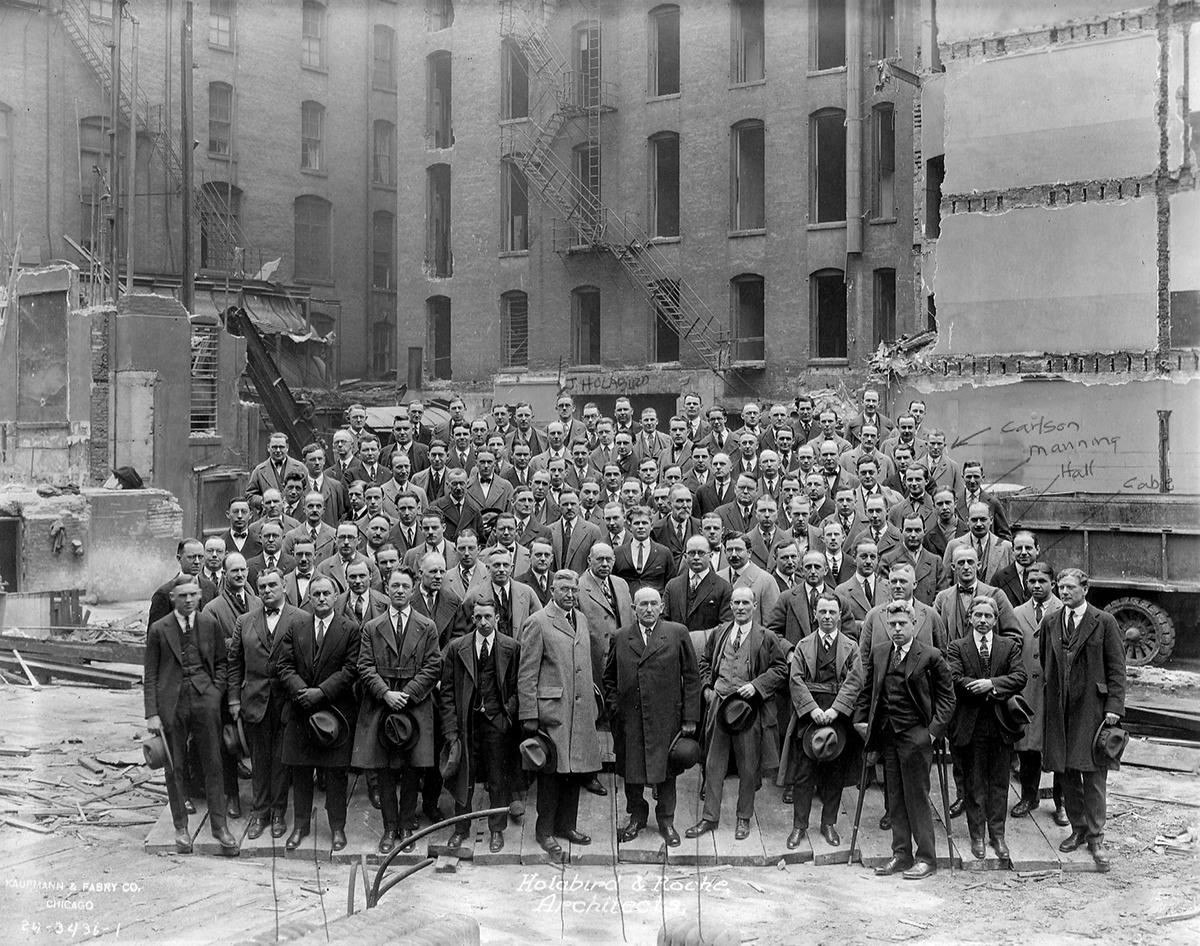The Chicago Temple Building is a Neogothic skyscraper designed in 1922 by Holabird & Root, and built between 1923 and 1924 in Chicago, IL.
Chicago Temple Building is not the only name you might know this building by though. The building is, or has also been known as First Methodist Episcopal Church Chicago.
Its precise street address is 77 West Washington Street, Chicago, IL. You can also find it on the map here.













